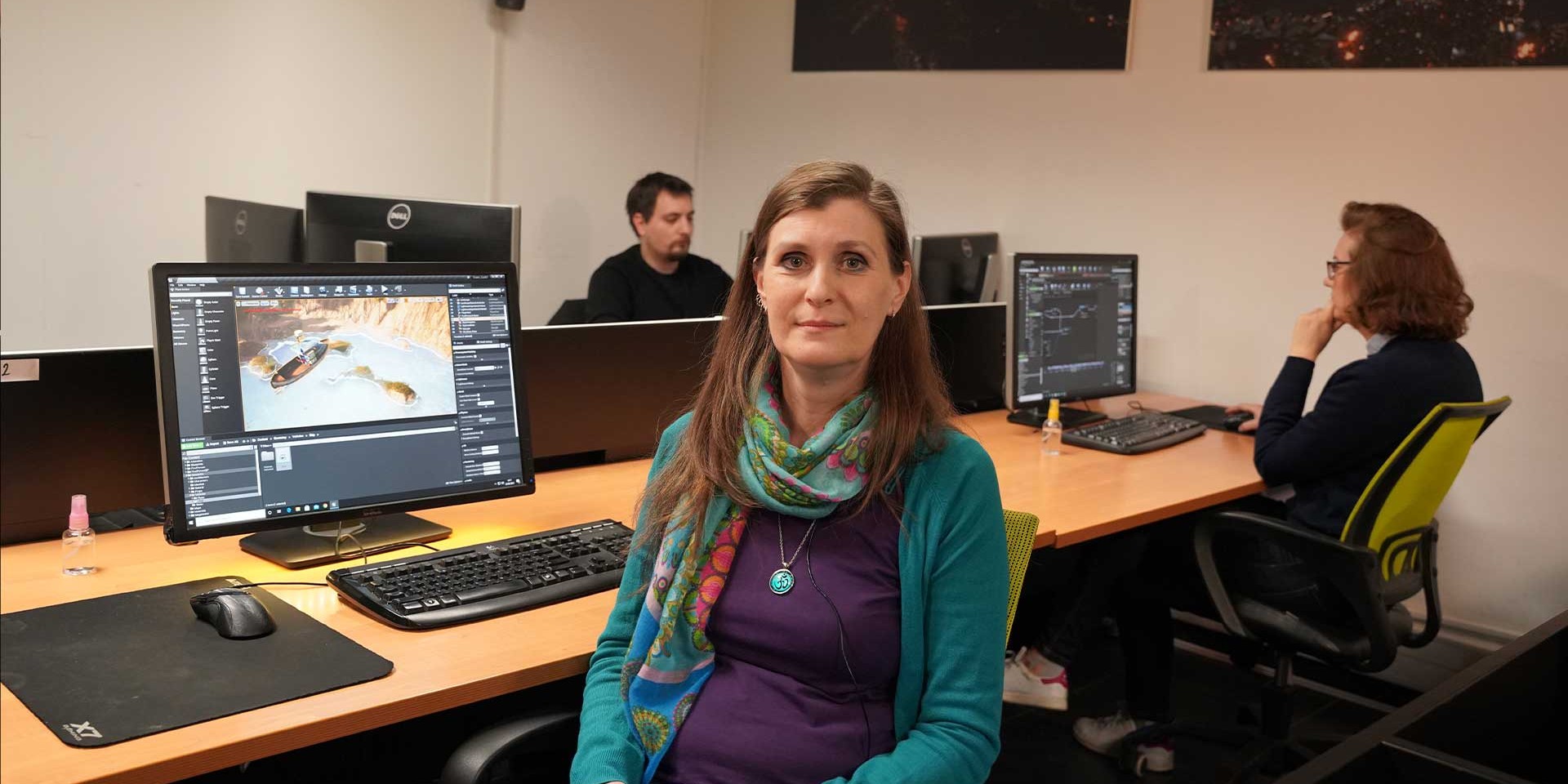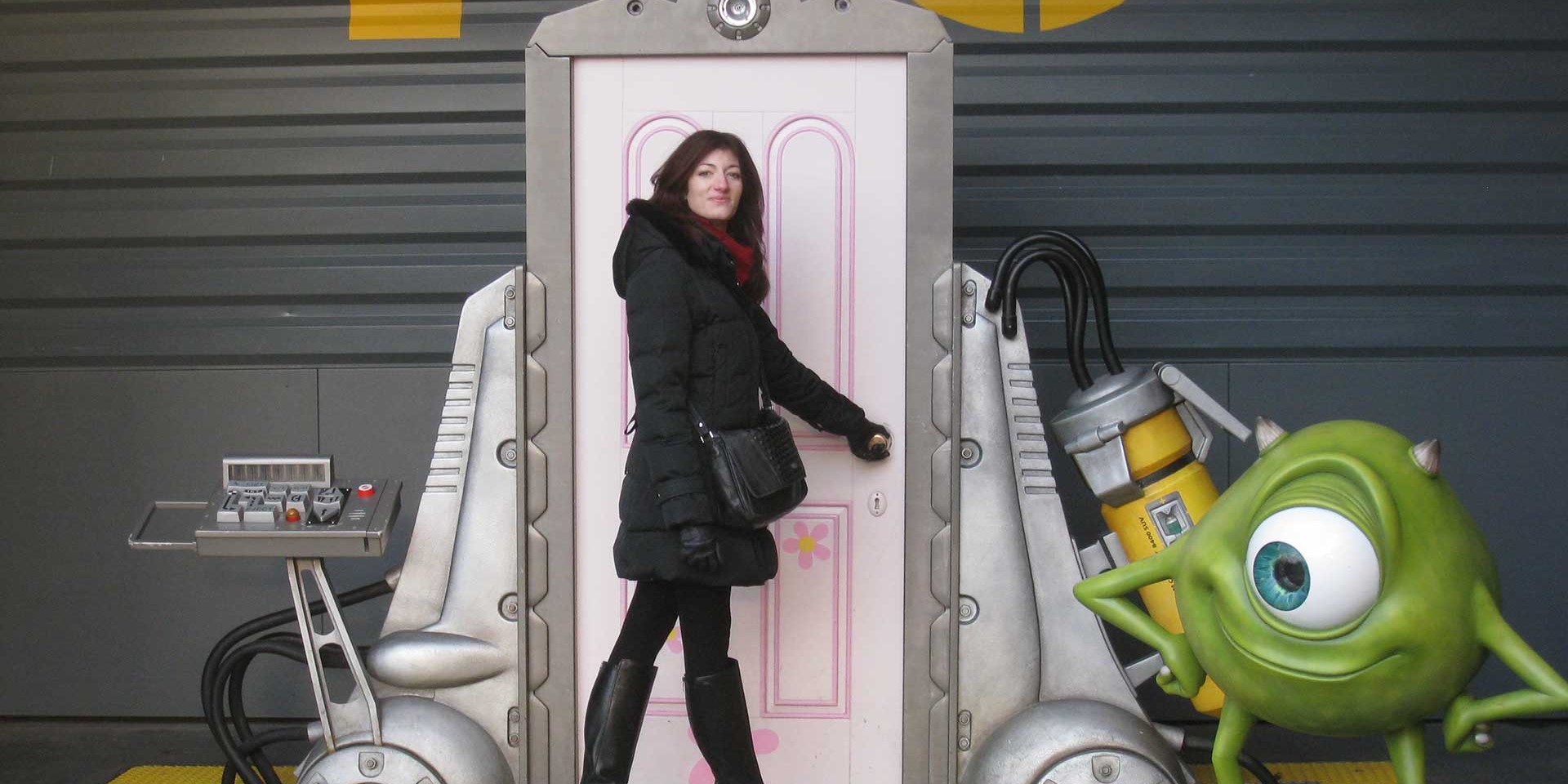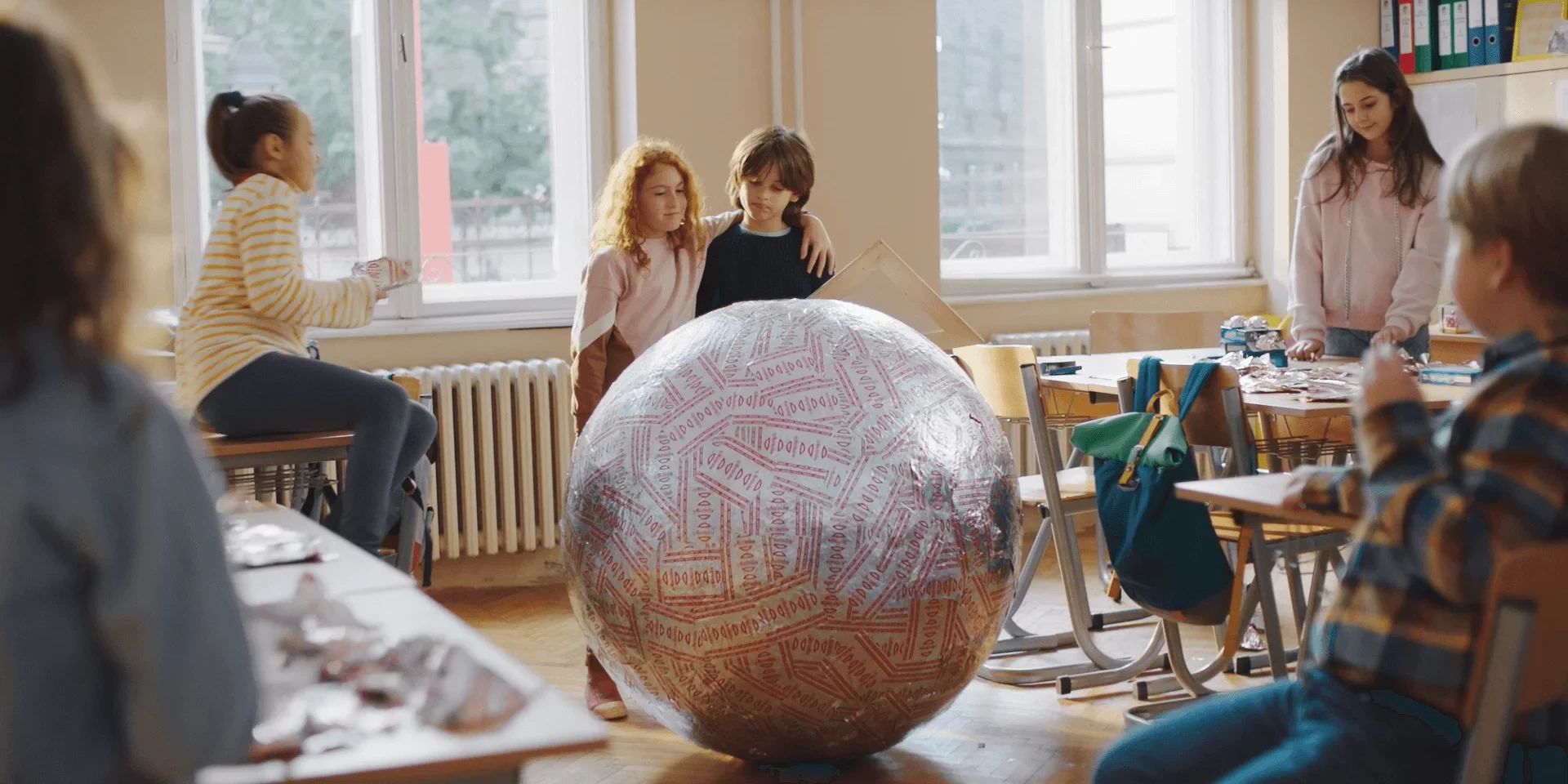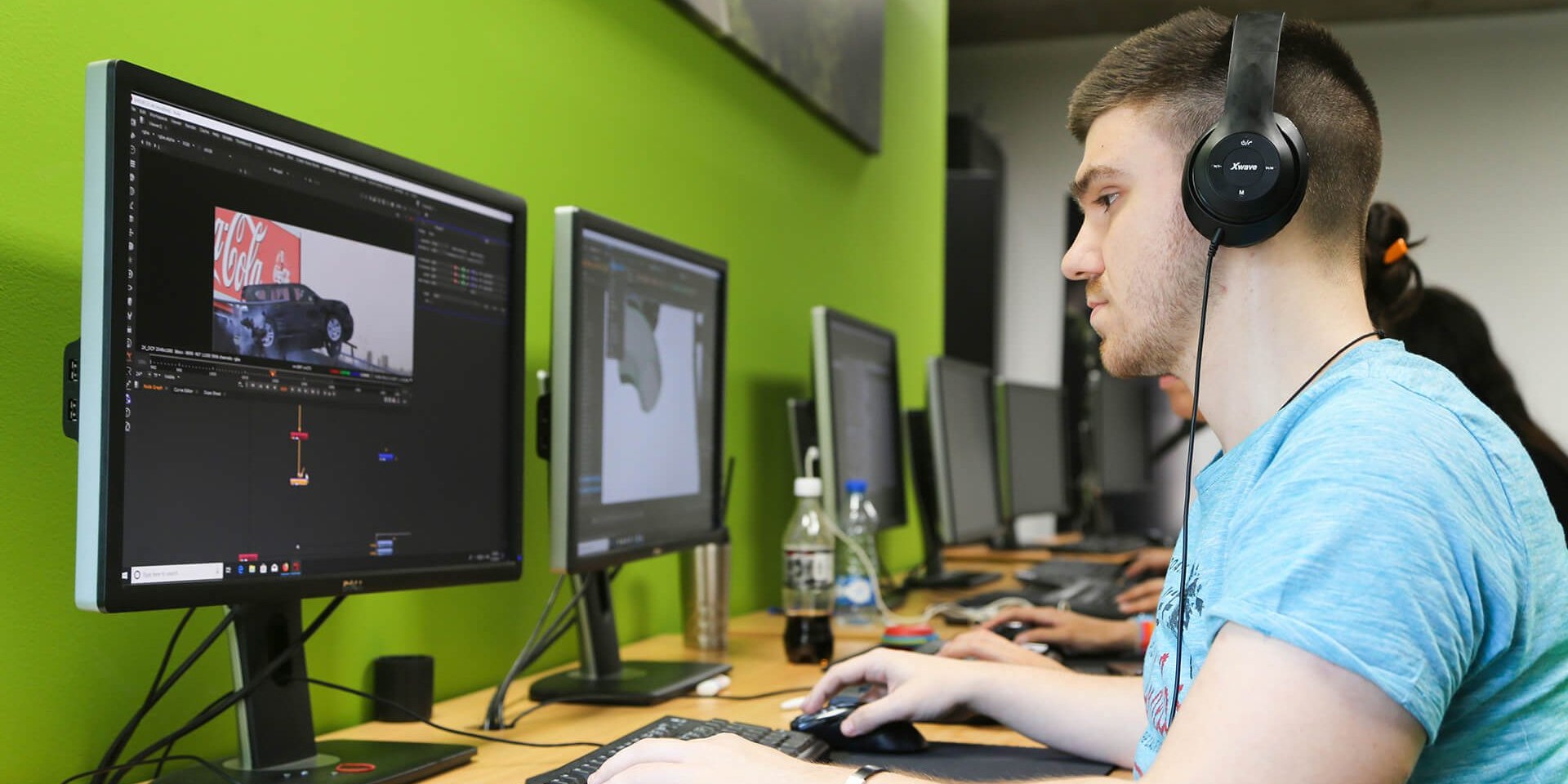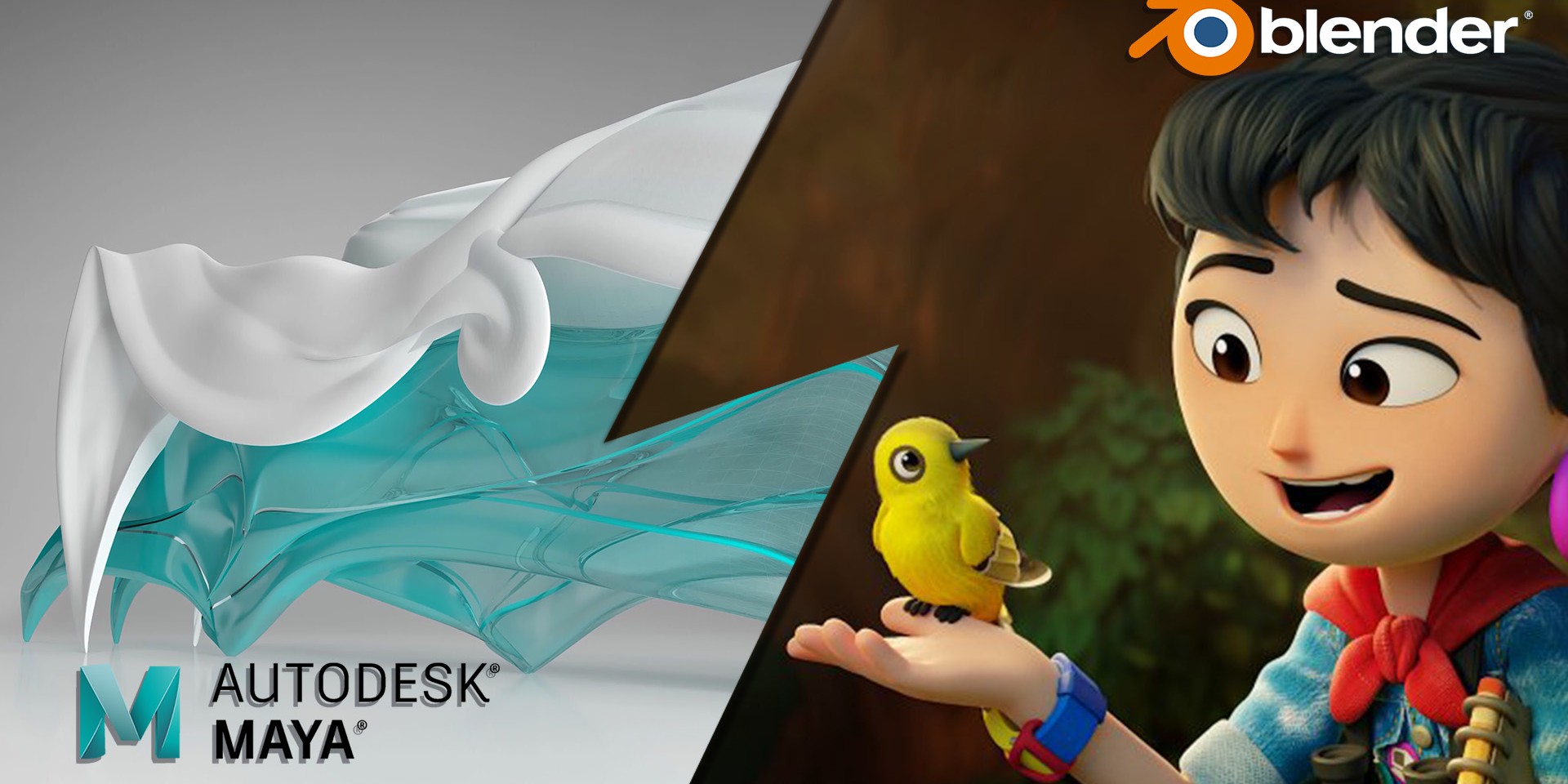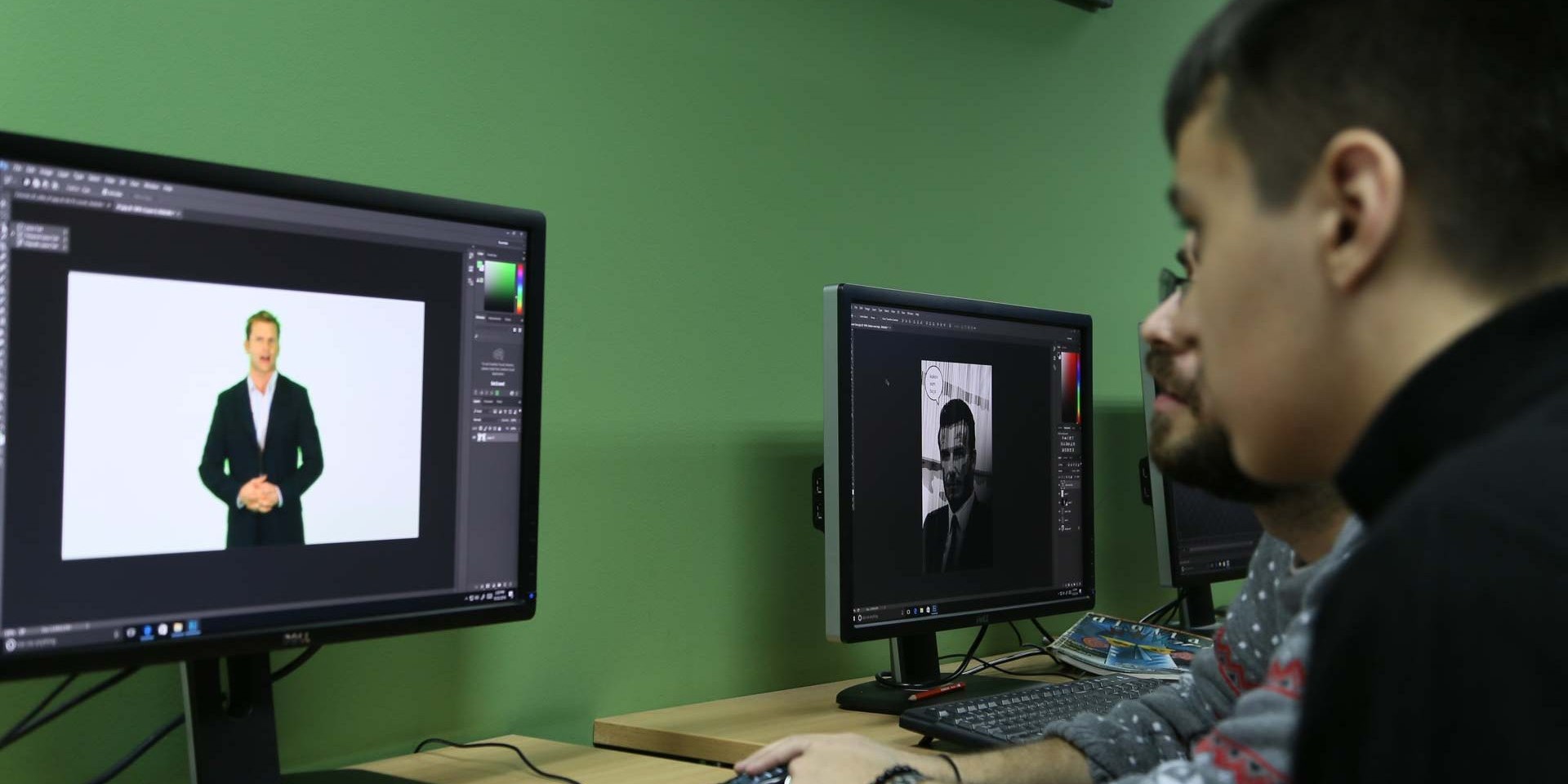5 reasons why tutorials still haven’t one-upped courses
When talking about informal education in the field of digital arts and computer graphics, it is well known that the internet is a vast place filled with a plethora of useful learning materials. However, an old-fashioned classroom brings a sense of safety that cannot be expected when one ventures into career-building on their own.
Courses like those at Crater Training Center represent a series of interactive lectures, designed with a goal of passing down skills to students in a way that’s methodically organized. Acquiring knowledge in this way makes them applicable in various different situations and professional environments.
Tutorials, on the other hand, come with the goal of educating about a specific topic. Easily accessible tutorials that we usually run into on global online learning platforms and various YouTube channels are all based on the same predetermined template. They give the viewers enough information for executing one specific task.
This most certainly does not mean that tutorials are bad. Quite the contrary, we find many of them to be excellent and we are certain that all our lecturers can right off the bat make a list of their favorite educational channels. But, all the reasons that these modern, accessible tutorials still haven’t one-upped traditional courses are based on the fact that course-goers acquire knowledge according to a tried and tested system, not simply imitating commands.
In this text, we will go through a few common reasons why knowledge-hungry people prefer organized courses over learning on their own.
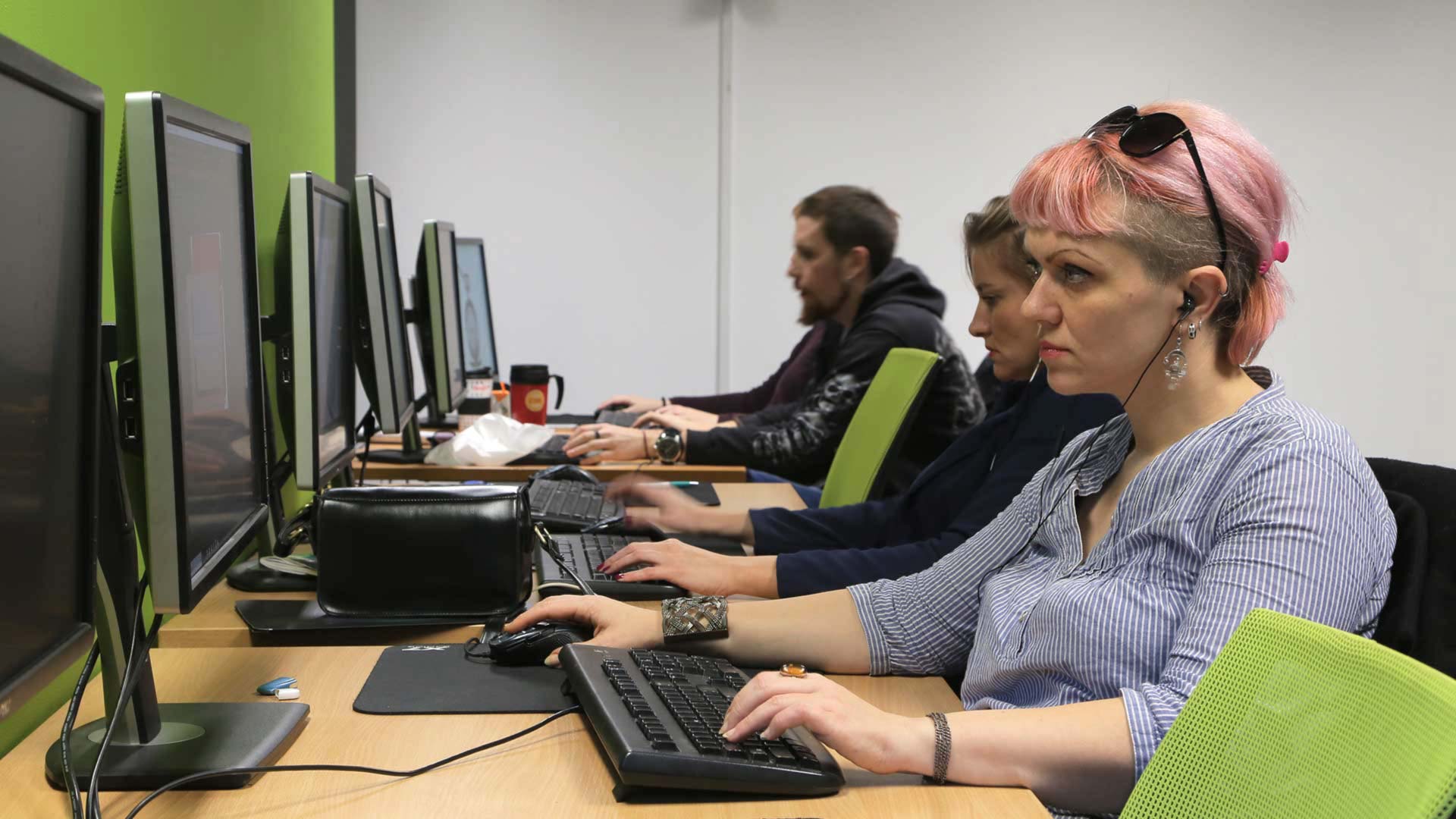
1. Courses bring like-minded people together
People choose narrowly specialized courses in private schools because they don’t enter the process of career building on their own. From experience, we can tell you that people in our courses are very similar in interests and skills, ready to help out one another during learning, but later during the job searching phase as well.
Connecting with fellow students and lecturers can really be beneficial in regards to creating a high-quality portfolio, teamwork, receiving recommendations, and so on.
Countless times did we have students help one another find a job after a course ends, and we have no doubt that this tradition will be kept in each upcoming group.
2. Having a constant flow of communication with experienced mentors
A common reason why artists, especially younger generations that are yet to make their first step in the industry, decide to invest their time and money in intensive courses is due to the unique chance to work and communicate every day with seniors from the industry, that is their lecturers and mentors.
An additional bonus is that during the course you can ask for help at any given time, whether that would be for an explanation, an idea evaluation, or how to bring that idea to fruition. In cases when there are two lecturers on a course, this aspect is even more heightened, something that is also confirmed by Stela Mileusnić, our student from the 3D Essentials course.
“I am especially happy with the systematic program and dedicated lectures, thanks to which the software can be mastered surprisingly fast. Lecturers come from two different professional backgrounds, so the acquired knowledge is not limited to only VFX or video game design but provides an excellent base in both fields”, says Stela.
3. Learning done in a simulated professional studio’s working environment
Specialized VFX and game art courses at Crater are formed in such a way that simulates a working pipeline that of a creative studio. When creating our courses we have been following the descriptions of actual artists’ positions in the industry. With this combination, we have created educational programs that accurately answer the current market demands and prepare students for the highly sought-after artistic positions.
“Every topic we have gone over in the Environment Art course is important. Even though the course is highly intensive, I believe that enough time was given to every field and that each member of our group had a chance to gain the industry fundamentals. To me personally, the course helped to get familiar with the elements of Environment Art and to keep enhancing my skills. If I hadn’t taken up this course, I wouldn’t have had the knowledge needed to successfully pass the job test” says Ana Gavrić, our student that at the beginning of 2022 joined Ubisoft in Belgrade as a Junior Level Artist.
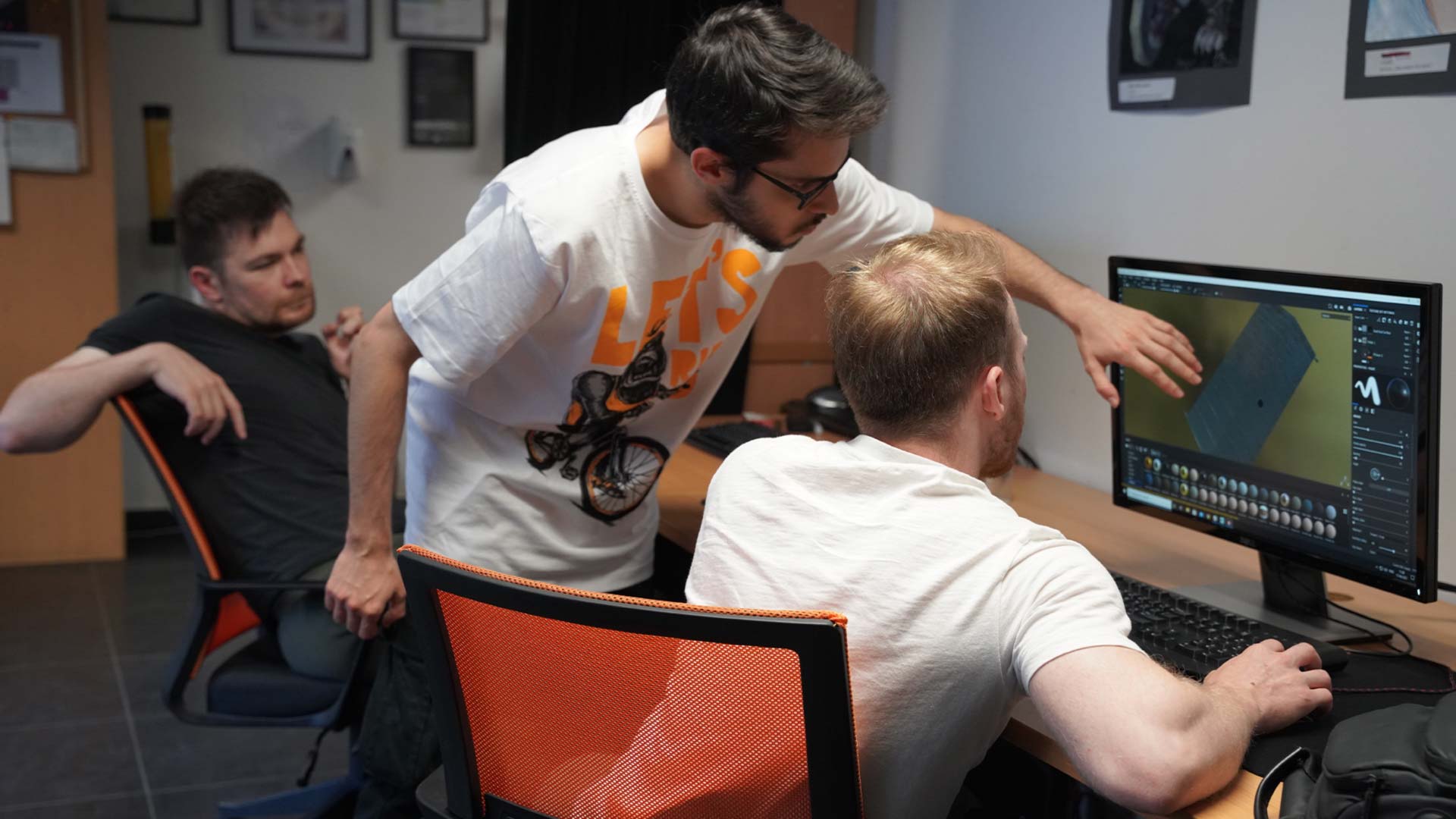
4. Enrolling in a course is an investment in your education
Investing in education is one of the most important things that you can do on your career path. Organized lectures, no matter if they fall under formal or informal education, do come with a certain financial burden. However, it is necessary to emphasize that when you enroll in a course, you don’t invest only your money, but your time and effort as well. Given that the tutorials don’t come with this kind of commitment, viewers don’t practically have any responsibility towards them. They usually watch them on their own, without any team support, which means success in learning also completely depends on themselves alone. On the other hand, experience has shown that students usually feel a high level of responsibility toward their own progress when they enroll in an intensive course.
5. Lectures are structured, and knowledge industry-ready
As we already mentioned, we too love tutorials, but before diving into Youtube, it’s recommended to know what to expect in those uncharted territories. However, don’t run away from them, but we do advise you to leave them aside for later because courses give you structured knowledge that’s later easier to upgrade with tutorials. Choosing the right tutorial will be a lot clearer as well as differentiating high quality from average. At the end of it all, our lecturers can recommend high-quality tutorials that are “a must”, and whether they are a right fit for your level of knowledge and expertise.
If there is any course of ours that caught your eye and you would like to talk about all of this in person, feel free to contact us to schedule a consultation.
Marija Rakić-Lovrić & Bojana Simić, Coordinators @ Crater Training Center

